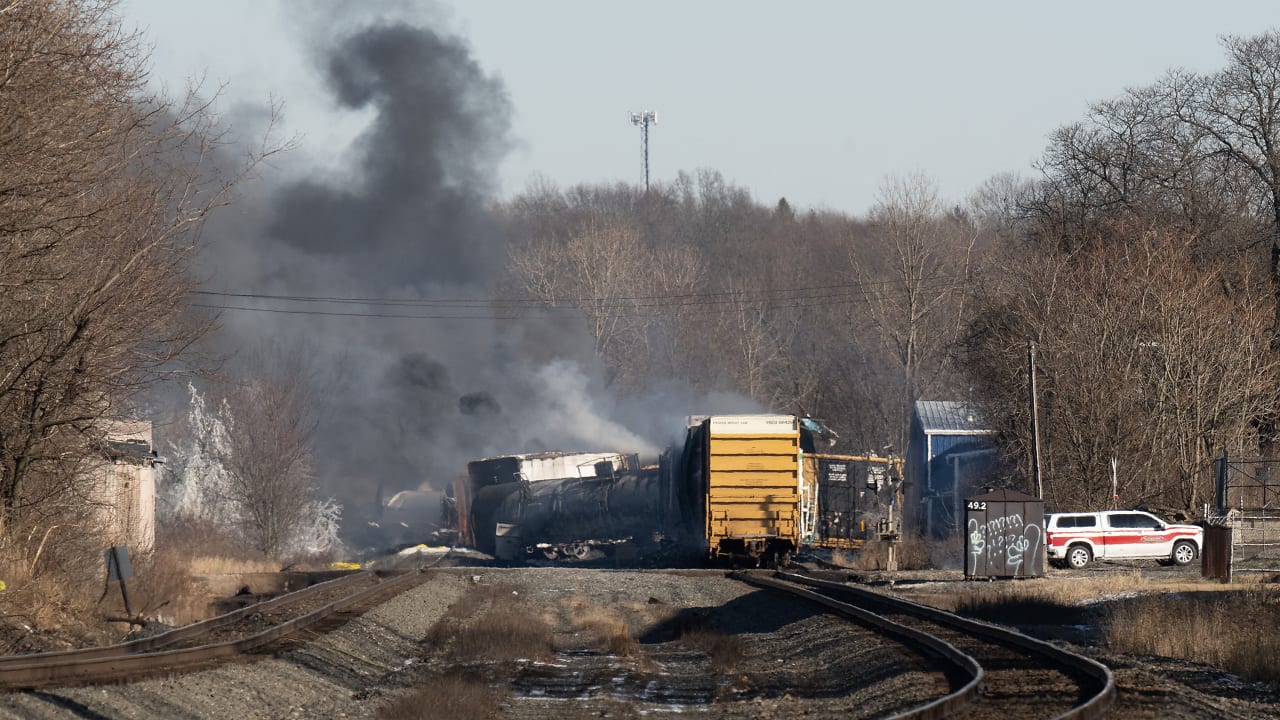Challenges To Elon Musk's Robotaxi Timeline

Table of Contents
Regulatory Hurdles and Legal Liability
The deployment of robotaxis faces a complex and evolving regulatory landscape. Autonomous vehicles operate in a legal grey area, lacking clear and consistent regulations across different jurisdictions. This presents a major obstacle to the widespread adoption of robotaxi services. The lack of established legal frameworks also creates significant liability concerns.
-
Varying regulations across different states and countries: Regulations concerning autonomous vehicle testing and deployment vary significantly across states within the US and internationally, creating a fragmented and challenging environment for companies aiming for nationwide or global reach. This necessitates navigating a patchwork of rules and obtaining multiple permits, significantly delaying deployment.
-
Determining liability in case of accidents – driverless car or software manufacturer: In the event of an accident involving a robotaxi, determining liability is a complex legal challenge. Is the manufacturer of the autonomous driving system responsible? The car manufacturer? Or perhaps a third party involved in the software development or infrastructure? The lack of clear legal precedent makes this a major deterrent to widespread adoption.
-
Insurance complexities and coverage for robotaxi services: Traditional insurance models are not designed for driverless vehicles. Developing insurance policies that adequately cover potential risks associated with robotaxis requires new frameworks and actuarial models, which are still under development.
-
Need for clear legal frameworks for data privacy and usage: Autonomous vehicles collect vast amounts of data about their surroundings and passengers. Clear legal frameworks are needed to address data privacy concerns and ensure responsible data handling.
Technological Limitations of Full Self-Driving (FSD)
While significant progress has been made in autonomous vehicle technology, current AI and sensor technology still face significant limitations. Full self-driving (FSD) capabilities are still far from perfect, and unexpected events continue to pose challenges.
-
Challenges in handling unexpected events (e.g., construction, severe weather): Autonomous vehicles struggle with unpredictable scenarios such as unexpected road closures due to construction, severe weather conditions (heavy snow, fog), or unusual obstacles (e.g., debris in the road). These situations require sophisticated decision-making capabilities that are still under development.
-
Difficulties in object recognition and decision-making in complex environments: Accurately identifying and classifying objects, particularly in complex and crowded environments, remains a significant challenge for autonomous vehicle systems. This includes distinguishing between pedestrians, cyclists, and other vehicles, especially in low-light or adverse weather conditions.
-
The ongoing need for continuous software updates and improvements: Autonomous driving technology is constantly evolving. Software updates and improvements are crucial for enhancing safety and performance, but require ongoing investment and meticulous testing.
-
The "long tail" problem – addressing rare but potentially dangerous situations: The "long tail" problem refers to the multitude of rare, unpredictable events that are statistically unlikely but could have severe consequences. Developing robust algorithms that can handle these edge cases is a major technological hurdle.
Infrastructure Requirements and Costs
The widespread adoption of robotaxis requires significant investment in supporting infrastructure. This includes not only the vehicles themselves but also the technological infrastructure needed to enable their safe and efficient operation.
-
Need for high-definition maps and precise localization systems: Autonomous vehicles rely on highly accurate maps and localization systems to navigate. This requires significant investment in mapping technology and infrastructure.
-
Investment in robust communication networks (5G, etc.): Reliable communication networks are essential for seamless data exchange between autonomous vehicles and their supporting infrastructure. 5G and other advanced communication technologies are crucial for enabling safe and efficient operation.
-
Potential for increased congestion if not properly managed: If not properly managed, the introduction of robotaxis could potentially exacerbate existing traffic congestion, negating some of the intended benefits. Careful planning and traffic management strategies are essential.
-
High initial and ongoing maintenance costs for infrastructure: The ongoing maintenance of the necessary infrastructure represents a substantial ongoing cost, which needs careful consideration in any business model for robotaxi services.
Public Perception and Acceptance
Public perception and acceptance are critical factors in the successful deployment of robotaxis. Addressing public concerns about safety and security is essential for building trust and fostering adoption.
-
Addressing public anxieties about safety and security: Many people harbor concerns about the safety and security of autonomous vehicles. Building public confidence requires robust safety testing, transparent data sharing, and clear communication about the technology's capabilities and limitations.
-
Building public trust through transparent safety testing and data: Transparency is key to building public trust. Publicly available safety data and rigorous independent testing are essential to demonstrate the safety and reliability of robotaxi systems.
-
Overcoming skepticism and promoting the benefits of robotaxis: Public education and outreach are critical to overcoming skepticism and highlighting the potential benefits of robotaxis, such as improved safety, reduced congestion, and increased accessibility.
Economic Viability and Business Model
The economic viability of robotaxi services is another significant challenge. The high initial investment costs, operational expenses, and the need to develop a profitable business model pose considerable hurdles.
-
High initial investment costs for vehicle fleets and infrastructure: Deploying a fleet of autonomous vehicles and the supporting infrastructure requires significant upfront investment. This includes the cost of the vehicles themselves, the development and deployment of the autonomous driving system, and the investment in the supporting infrastructure.
-
Balancing operational costs with competitive pricing: Operational costs, including maintenance, insurance, and software updates, must be balanced against competitive pricing to attract customers. Achieving profitability while offering affordable services is a complex challenge.
-
Development of a profitable business model to attract investors: A robust and scalable business model is crucial to attracting the necessary investment to fund the development and deployment of robotaxi services.
-
Potential for job displacement in the transportation sector: The widespread adoption of robotaxis could lead to significant job displacement in the transportation sector, requiring careful consideration of social and economic implications.
The Road Ahead for Elon Musk's Robotaxi Vision
The challenges to Elon Musk's robotaxi timeline are multifaceted and significant. Successfully navigating the regulatory hurdles, overcoming technological limitations, investing in necessary infrastructure, addressing public concerns, and developing a sustainable business model will require sustained innovation, collaboration, and substantial investment. Addressing these challenges is crucial for realizing the vision of widespread robotaxi adoption. What are your thoughts on the challenges facing the development of robotaxis? Share your perspectives in the comments below!

Featured Posts
-
 Caso Arrayanes Familia Recibe Oferta De G 1 250 Millones Tras Homicidio Culposo
Apr 25, 2025
Caso Arrayanes Familia Recibe Oferta De G 1 250 Millones Tras Homicidio Culposo
Apr 25, 2025 -
 Eurovision Director Rejects Boycott Calls Regarding Israel
Apr 25, 2025
Eurovision Director Rejects Boycott Calls Regarding Israel
Apr 25, 2025 -
 Dope Thief Trailer Brian Tyree Henry And Wagner Moura In Ridley Scotts Pulse Pounding New Series
Apr 25, 2025
Dope Thief Trailer Brian Tyree Henry And Wagner Moura In Ridley Scotts Pulse Pounding New Series
Apr 25, 2025 -
 Toxic Chemical Residue In Buildings Following Ohio Train Disaster
Apr 25, 2025
Toxic Chemical Residue In Buildings Following Ohio Train Disaster
Apr 25, 2025 -
 Canadian Guitar Maker Battles Import Tariff Confusion
Apr 25, 2025
Canadian Guitar Maker Battles Import Tariff Confusion
Apr 25, 2025
Latest Posts
-
 Elizabeth Arden Products Walmart Price Comparison
May 10, 2025
Elizabeth Arden Products Walmart Price Comparison
May 10, 2025 -
 Affordable Elizabeth Arden Skincare Where To Buy
May 10, 2025
Affordable Elizabeth Arden Skincare Where To Buy
May 10, 2025 -
 Find Elizabeth Arden Skincare At Walmart Prices
May 10, 2025
Find Elizabeth Arden Skincare At Walmart Prices
May 10, 2025 -
 Elizabeth Hurleys Maldives Holiday Bikini Photos And Relaxation
May 10, 2025
Elizabeth Hurleys Maldives Holiday Bikini Photos And Relaxation
May 10, 2025 -
 Uusi Britannian Kruununperimysjaerjestys Taeydellinen Selvitys
May 10, 2025
Uusi Britannian Kruununperimysjaerjestys Taeydellinen Selvitys
May 10, 2025
